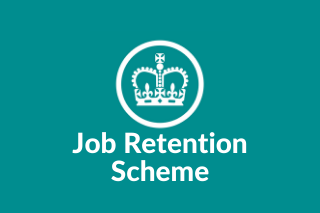VAT – Terminating a contract early
When someone charges a customer to withdraw from an agreement to supply goods or services, the position can be complicated. What is the position as regards VAT – never a set of tax rules to take lightly? And why is it news now?
In a nutshell
Since 1 April 2022, there’s been something of a U turn in HMRC policy. HMRC’s interpretation had been that charges to end a contract early did not attract VAT. This was on the grounds that the charges were not generally for a supply, and so fell outside the scope of VAT. Then along came some key judgments in the Court of Justice of the European Union, with the result that HMRC policy has shifted ground.
The new position is that if there’s an early termination or cancellation fee, and the goods or services supplied in the original contract were subject to VAT, then the fee to exit the contract is subject to VAT as well. HMRC guidance gives the example of the fee charged to leave a mobile phone contract or terminate a car hire contract early. In each instance, the fee will attract VAT. HMRC stresses that it’s not the wording that’s important, so that even where payments are described as compensation or damages, a VAT liability is likely to arise.
Essentially, the charges are treated as additional consideration for the supply of goods or services. For this to be the case, however, there must be a direct link between the customer’s payment and the supply made. Where the fee charged looks ‘punitive’, as for example, in the case of additional fees where someone overstays at a car park, the link with the original supply may be lacking. In this scenario, the fee may fall outside the scope of VAT.
Landlords
The land and property sector is one area particularly impacted by HMRC’s clarification. There had been some doubt as to what stance HMRC would take on dilapidation payments to landlords – payments at the end of a lease to cover costs if property isn’t handed back in the specified condition. Change to the status quo had been widely expected.
This latest guidance, however, states that dilapidation payments will still normally be outside the scope of VAT: the existing regime continues to apply. HMRC’s updated VAT manual nonetheless highlights the potential for grey areas: ‘We might depart from that view if in individual cases we found evidence of value shifting from rent to dilapidation payment to avoid accounting for VAT.’
This new guidance means a significant number of payments that were previously deemed to be outside the scope of VAT may now need different treatment.














